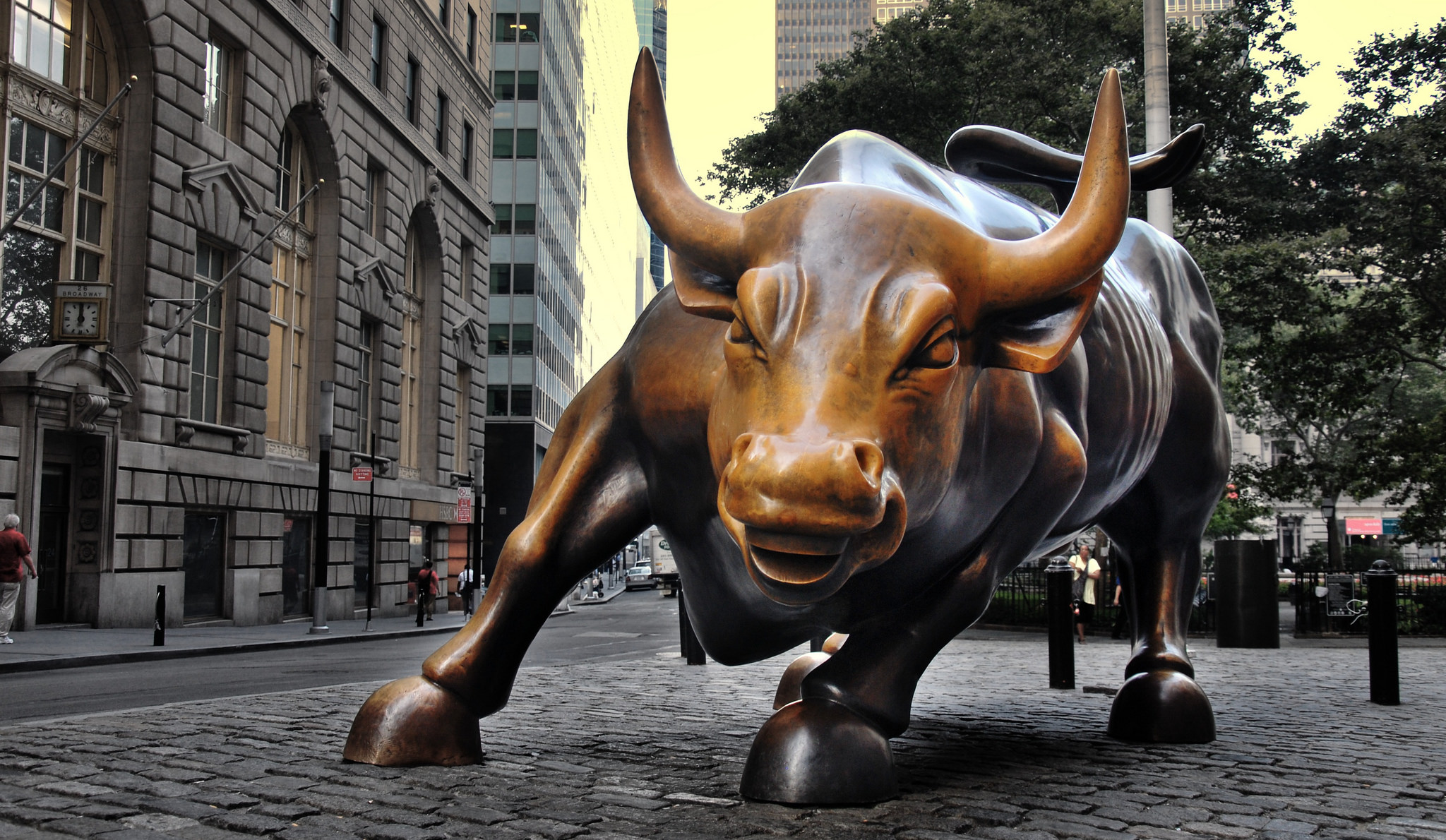The U.S. stock market is on the verge of hitting a remarkable milestone: surpassing its longest-running rally, heading upward from the ashes of the financial crisis a decade ago, seemingly defying all odds and those whom questioned the bull market’s longevity. Wednesday, August 22, 2018, will mark 3,453 days since the Standard and Poor’s (S&P) 500 tanked on March 9, 2009, with a market low of 666 points.
During this unprecedented bull run, the S&P 500 has posted a gain of nearly 325 percent. The growth on the index overcame multiple obstacles from government shutdowns, to natural disasters, threats of nuclear war, and even and the U.S. losing its AAA credit rating.
In the bull market of the 1990s, fueled by the “dot-com boom,” the market delivered a 417 percent gain to investors before burning out in March 2000 when the stock boom went bust. Though, if all goes well during trading on Wednesday, when the market closes at 4:00 p.m. EST, that record will be broken.
The current market run has been powered by similar motives. Silicon Valley and other in the innovative tech industries like Apple, Amazon, Netflix, and Facebook have both changed the way in which Americans live their daily lives and the biggest metric of investor portfolios. The technology sector of the S&P 500 has accounted for more than 22 percent of the index’s bull market gains in the last 10 years.
“The stock market loves the Trump agenda,” said Stephen Massoca, Senior Vice President at Wedbush Securities in San Francisco, according to a report from Reuters. “Anything that’s damaging to Donald Trump’s agenda is not going to be good for the stock market.”
Many still claim that this type of economic growth is unsustainable. However, one indication that the market can still go higher is that stocks are not as expensive as they were at the peak in 2000. Furthermore, there is not burgeoning bubble front-and-center like the dot-com bust at the beginning of the 21st century or the housing bubble that burst, sending the stock market into a freefall in 2009.





